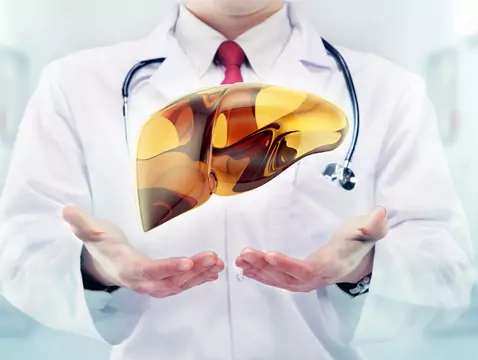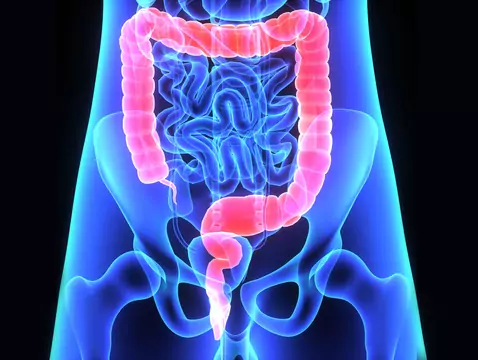Metabolic disorders occurring together with cancer can interfere with the diagnosis of the disease and can be a direct cause of a life-threatening and health-threatening condition.
It is crucial that metabolic disorders are detected as early as possible and that appropriate treatment is undertaken. Metabolic disorders may be the result of treatment undertaken or may be the result of the cancer itself.
Metabolic disorders include, among others, conditions such as acute tumour syndrome, hypercalcaemia, hyperuricaemia or lactic acidosis.[1]
The breakdown of tumour cells, either due to natural causes or as a result of treatment, can result in a metabolic disorder called acute tumour breakdown syndrome. The release of nucleic acids causes hyperuricaemia, hyperphosphataemia arises following the release of phosphorus from tumour cells, the concentration of which is much higher in tumour cells than in body cells. In addition, phosphorus binds calcium which can lead to hypocalcaemia.
This syndrome most often affects people with leukaemia and lymphoma. These are tumours that rapidly double in size and are characterised by high chemosensitivity. The symptoms of this disorder are non-specific, which means that diagnosis is extremely difficult. It is mainly based on tests of serum uric acid, creatinine, phosphate, potassium, reduced calcium and the finding of renal failure.[2]

photo: pantherstock
Hypercalcaemia is a metabolic disorder causing severe electrolyte disturbances and it is the symptoms associated with deregulation of electrolyte metabolism that have the greatest diagnostic value for detecting hypercalcaemia. It is most common in breast cancer, multiple myeloma, lung cancer and kidney cancer. It usually manifests as increased thirst, weakness, somnolence including coma, bradycardia, arrhythmia and the occurrence of nausea and vomiting. The treatment undertaken depends mainly on the condition of the patient and the blood calcium level[3]









